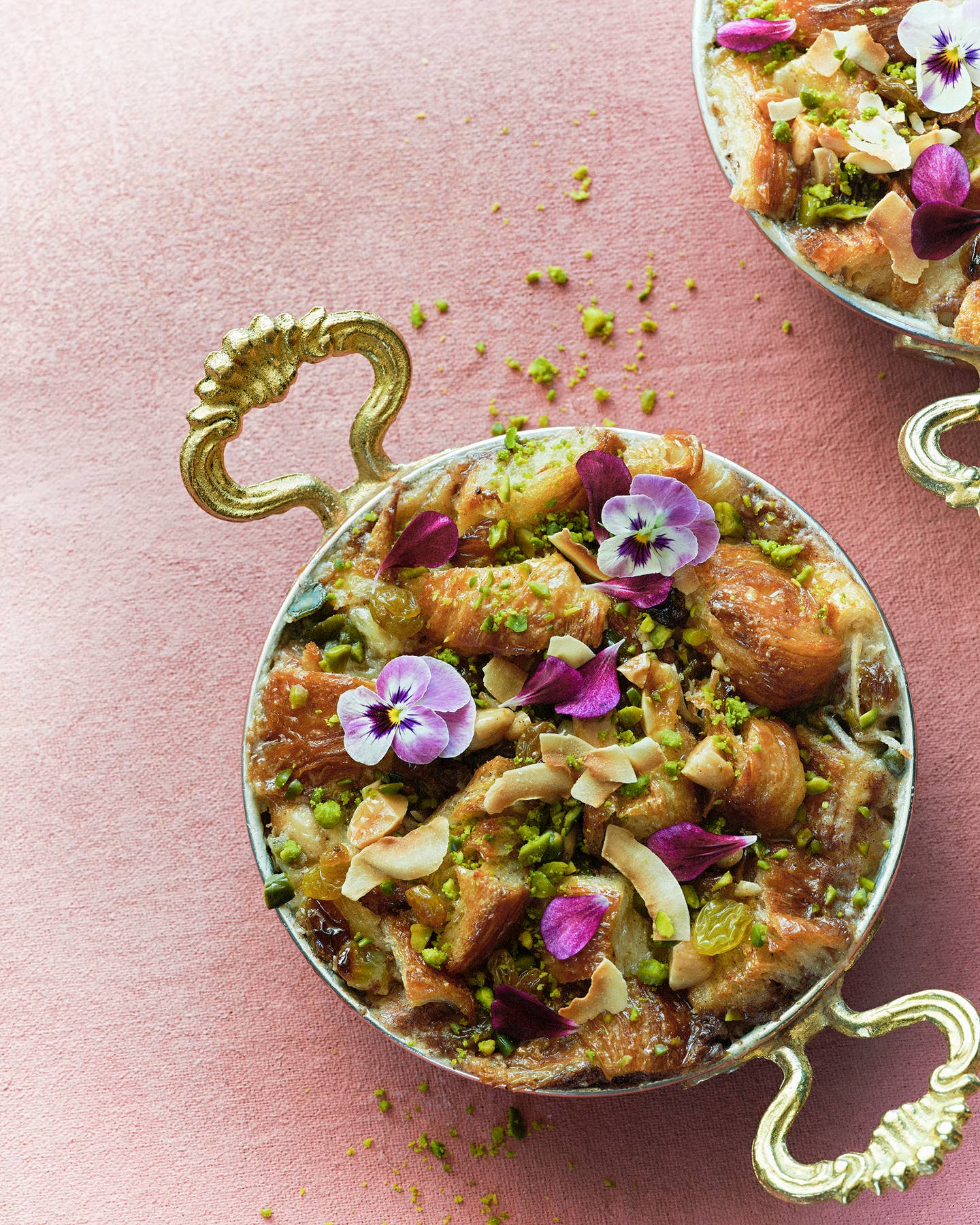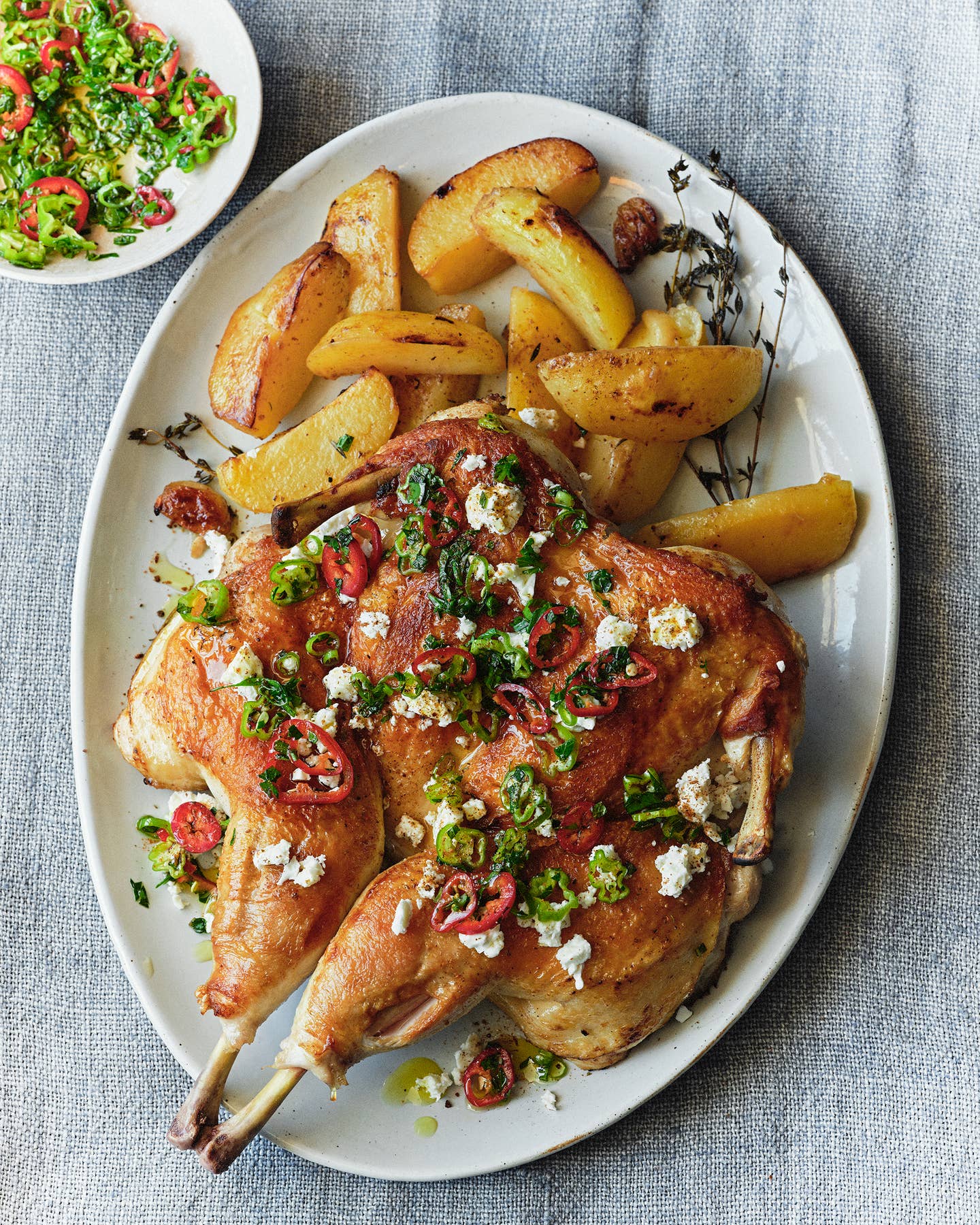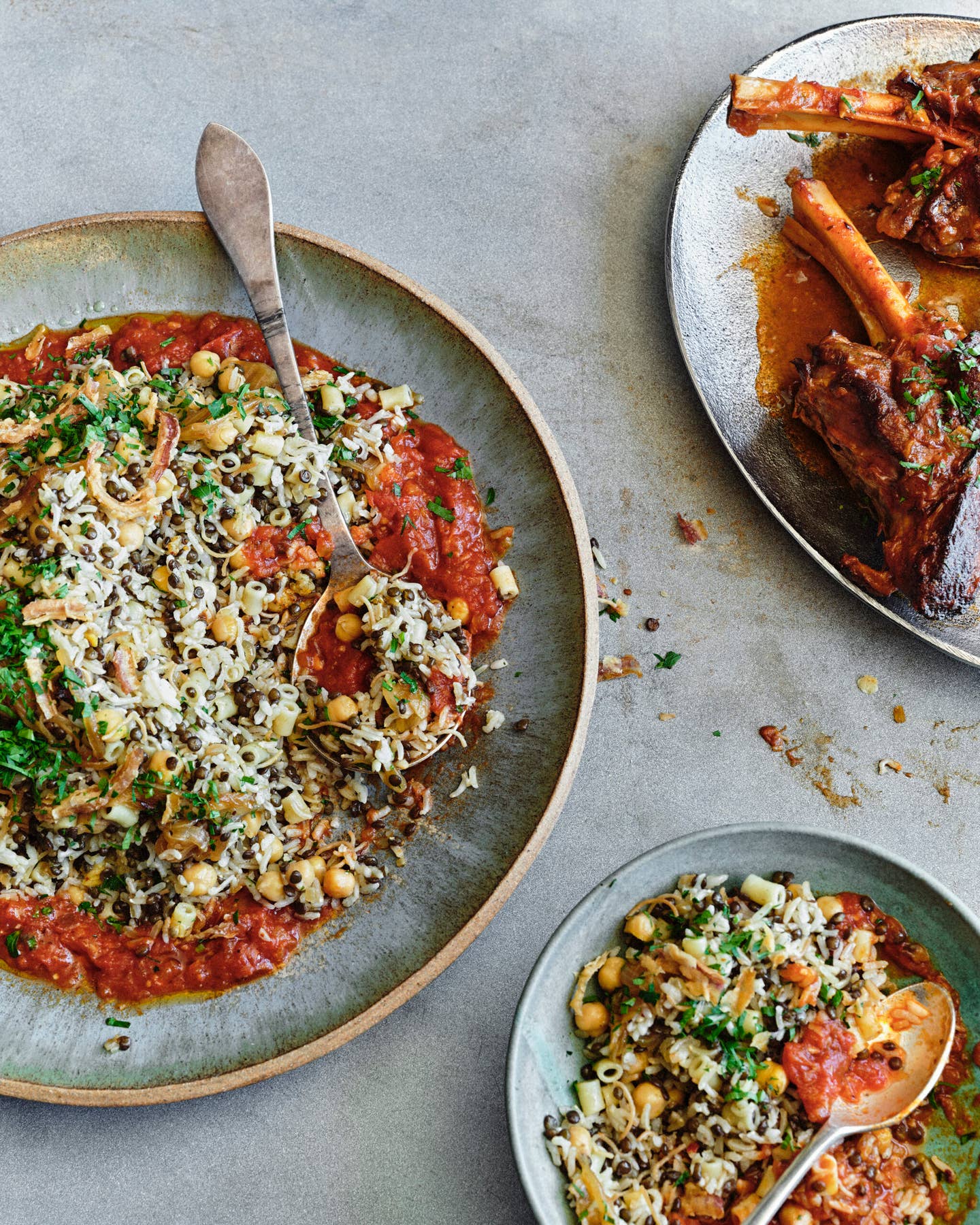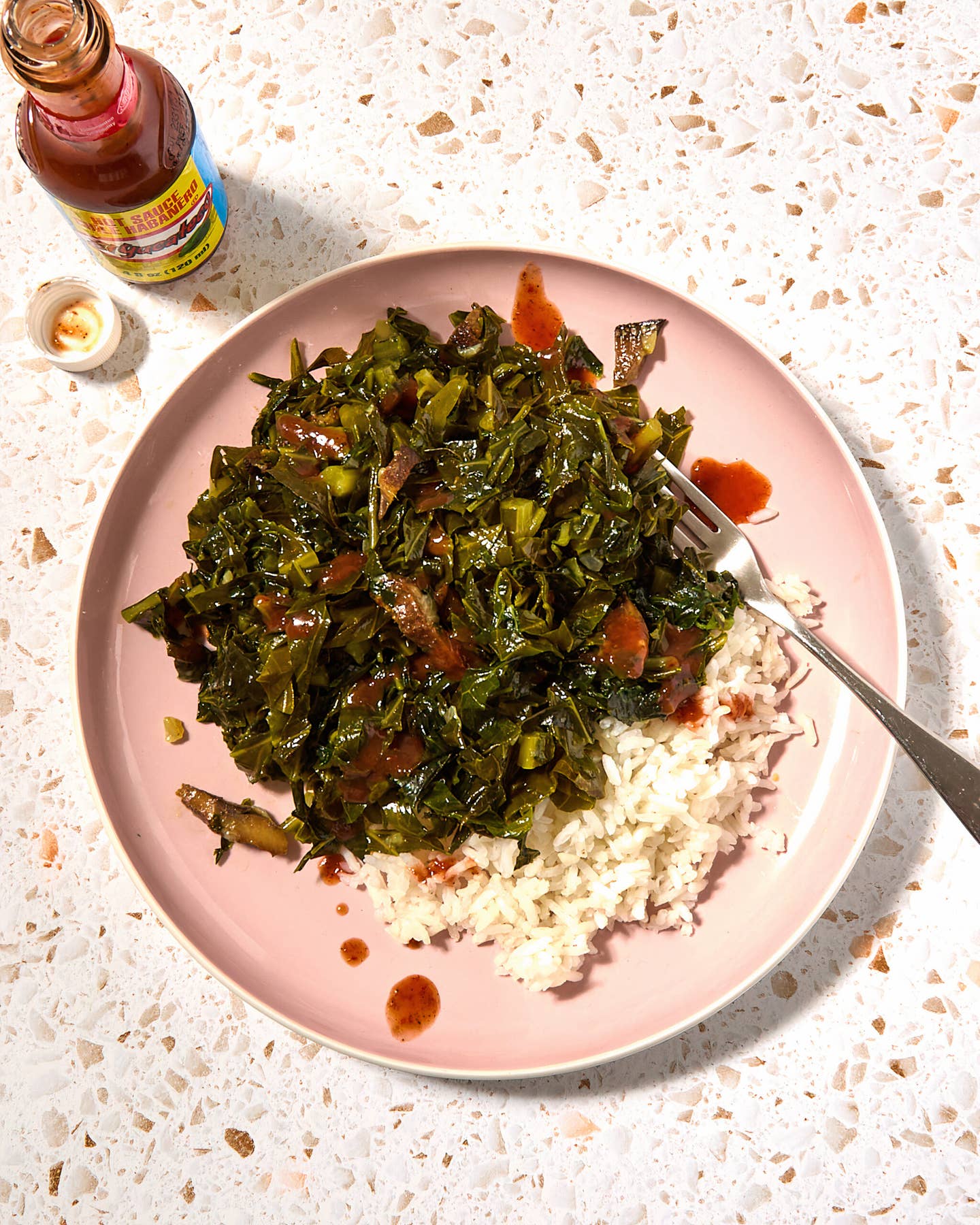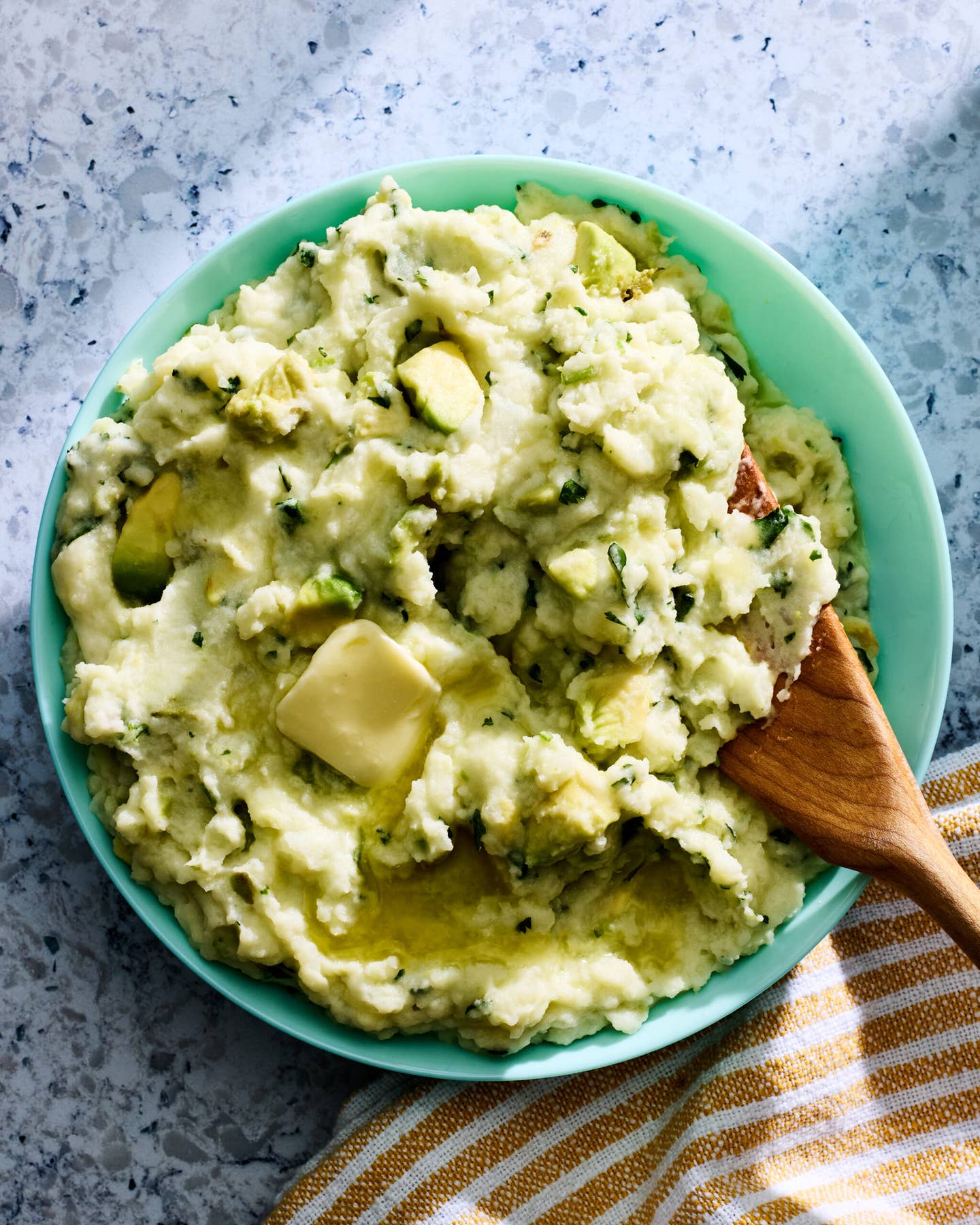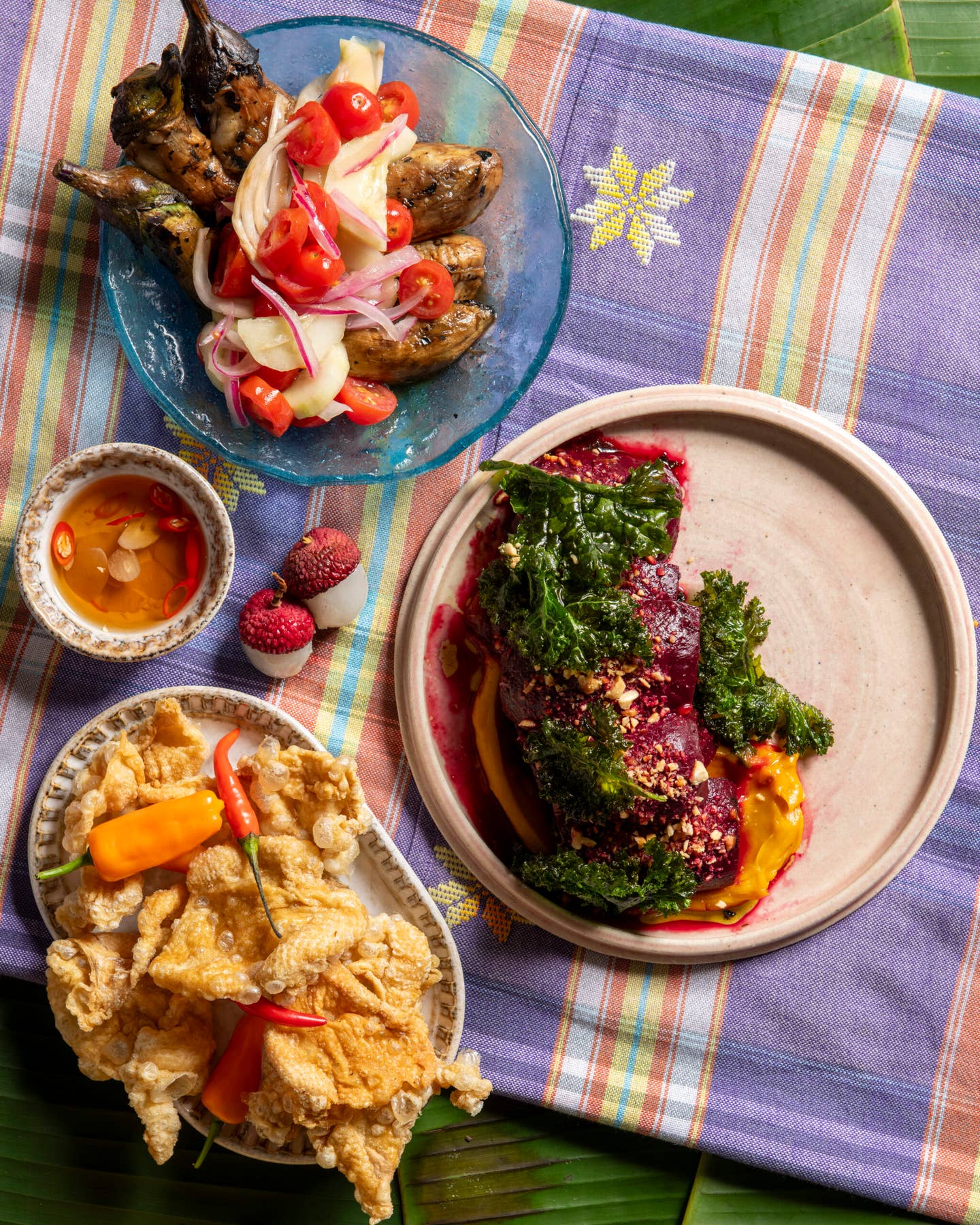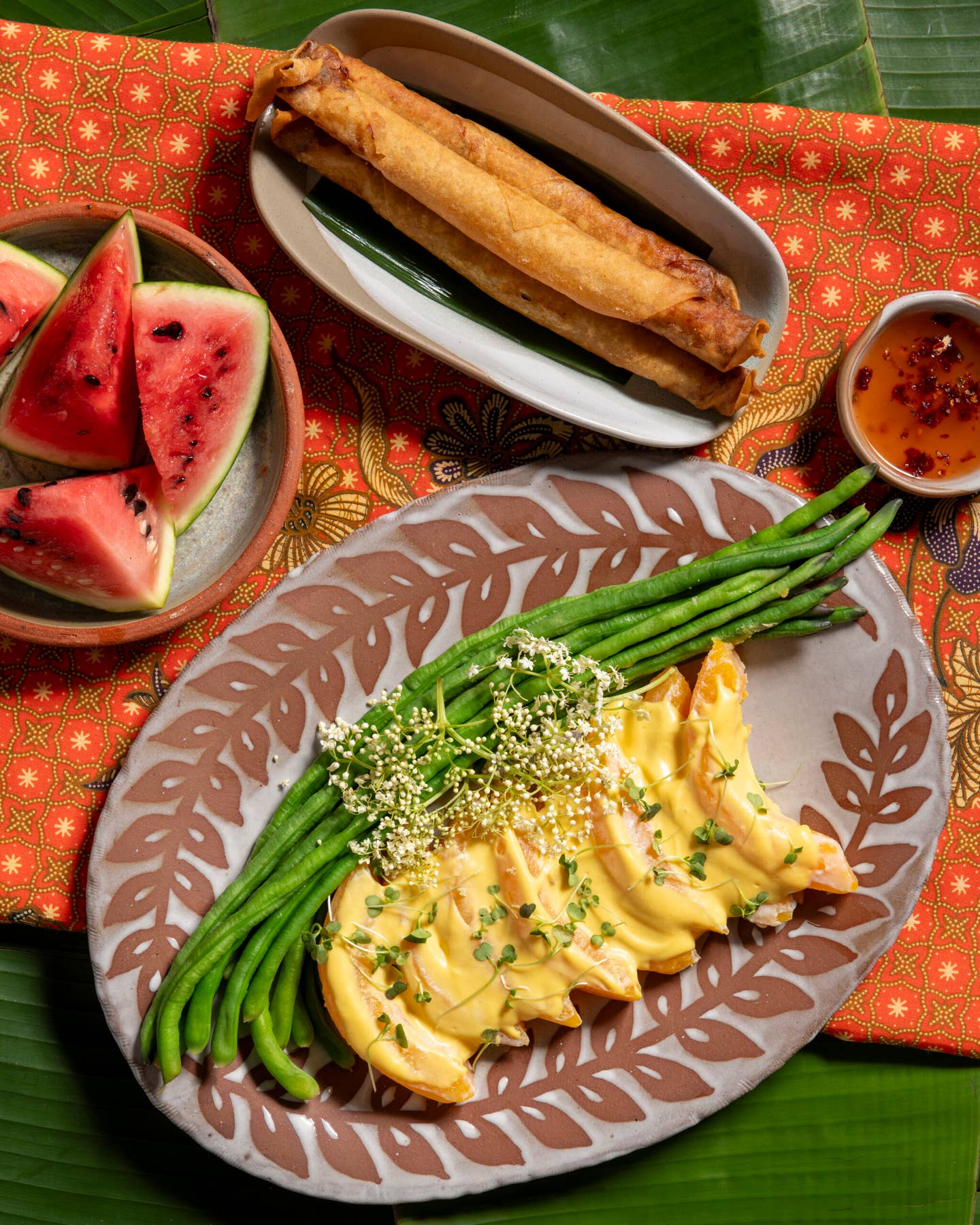
This flourless chocolate cake, Maida Heatter's most popular recipe ever, is rich, moist, and surprisingly light. It's wonderful served simply frosted, or it may be decorated with Chocolate Cigarettes, and served with whipped cream and berries on the side.
Ingredients
For the Cake
- 1 1⁄2 cups almonds, skinned
- 6 oz. semisweet chocolate, chopped
- 3⁄4 cup sugar
- 6 oz. unsalted butter
- 6 large eggs, separated
- 1⁄8 tsp. salt
- 1 tsp. fresh lemon juice
For the Icing
- 1⁄2 cup heavy cream
- 2 tsp. instant espresso or coffee powder
- 8 oz. semisweet chocolate, chopped
ADVERTISEMENTADAD
Instructions
Step 1
To make the cake, toast the almonds in a single layer in a shallow pan in a 350° oven for 12 to 15 minutes, shaking the pan a few times, until the almonds are lightly colored and give off a delicious smell of toasted almond when you open the door. Set aside to cool.
Step 2
Adjust a rack one-third up in the oven and preheat oven to 375°. Butter the bottom and sides of a 9'' x 3'' springform pan and line the bottom with a round of baking-pan liner paper cut to fit. Butter the paper. Dust the pan all over with fine, dry bread crumbs (note: if making this for Passover, use matzo meal; or to keep it GF, use finely ground gluten-free crackers), invert over paper, and tap lightly to shake out excess. Set the prepared pan aside.
Step 3
Place the chocolate in the top of a small double boiler over warm water on moderate heat. Cover until partially melted, then uncover and stir until just melted and smooth. Remove the top of the double boiler and set aside until tepid or room temperature. Place the almonds and 1⁄4 cup of the sugar (reserve remaining 1⁄2 cup sugar) in a food processor fitted with a metal chopping blade. Process very well until the nuts are fine and powdery. Stop the machine once or twice, scrape down the sides, and continue to process. Process for at least a full minute. I have recently realized that the finer the nuts are, the better the cake will be. Set aside the ground nuts.
Step 4
In the large bowl of an electric mixer beat the butter until soft. Add 1⁄4 cup of the sugar (reserve the remaining 1⁄4 cup sugar) and beat to mix. Add the egg yolks, one at a time, beating and scraping the sides of the bowl as necessary until smooth. On low speed add the chocolate and beat until mixed. Then add the processed almonds and beat, scraping the bowl, until incorporated.
Step 5
Now, the whites should be beaten in the large bowl of the mixer. If you don't have an additional large bowl for the mixer, transfer the chocolate mixture to any other large bowl. Wash the bowl and beaters.
Step 6
In the clean bowl of the mixer, with clean beaters, beat the egg whites with the salt and lemon juice, starting on low speed and increasing it gradually. When the whites barely hold a soft shape, reduce the speed a bit and gradually add the remaining 1⁄4 cup sugar. Then, on high speed, continue to beat until the whites hold a straight point when the beaters are slowly raised. Do not overbeat.
Step 7
Stir a large spoonful of the whites into the chocolate mixture to soften it a bit. Then, in three additions, fold in the remaining whites. Do not fold thoroughly until the last addition and do not handle more than necessary.
Step 8
Turn the mixture into the prepared pan. Rotate the pan briskly in order to level the batter.
Step 9
Bake for 20 minutes at 375° and then reduce temperature to 350° and continue to bake for an additional 50 minutes (total baking time is 1 hour and 10 minutes). Do not overbake; the cake should remain soft and moist in the center. (The top might crack a bit; it's okay.)
Step 10
Wet and slightly wring out a folded towel and place it on a smooth surface. Remove the cake pan from the oven and place it on the wet towel. Let stand until tepid, 50 to 60 minutes.
Step 11
Release and remove the sides of the pan (do not cut around the sides with a knife—it will make the rim of the cake messy). Now, let the cake stand until it is completely cool, or longer if you wish.
Step 12
The cake will sink a little in the middle; the sides will be a little higher. Use a long, thin, sharp knife and level the top. Brush away loose crumbs.
Step 13
Place a rack or a small board over the cake and carefully invert. Remove the bottom of the pan and the paper lining.
Step 14
The cake is now upside down; this is the way it will be iced. Place 4 strips of baking-pan liner paper (each about 3'' x 12'') around the edges of a cake plate. With a large, wide spatula, carefully transfer the cake to the plate; check to be sure that the cake is touching the paper all around (in order to keep the icing off the plate when you ice the cake). If you have a cake-decorating turntable or a lazy Susan, place the cake plate on it.
Step 15
To make the icing, scald the cream in a 5- to 6-cup saucepan over medium heat until it begins to form small bubbles around the edges or a thin skin on top. Add the espresso or coffee powder and whisk to dissolve. Add the chocolate and stir occasionally over heat for 1 minute. Then, remove the pan from heat and whisk or stir until the chocolate is all melted and the mixture is smooth.
Step 16
Let icing stand at room temperature, stirring occasionally, for about 15 minutes or a little longer, until icing barely begins to thicken.
Step 17
Then, stir to mix, and pour it slowly over the top of the cake, pouring it onto the middle. Use a long, narrow metal spatula to smooth the top and spread the icing so that a little of it runs down the sides (not too much—the icing on the sides should be a much thinner layer than on the top). With a small, narrow metal spatula, smooth the sides.
Keep Reading
Continue to Next Story
ADVERTISEMENTADAD
